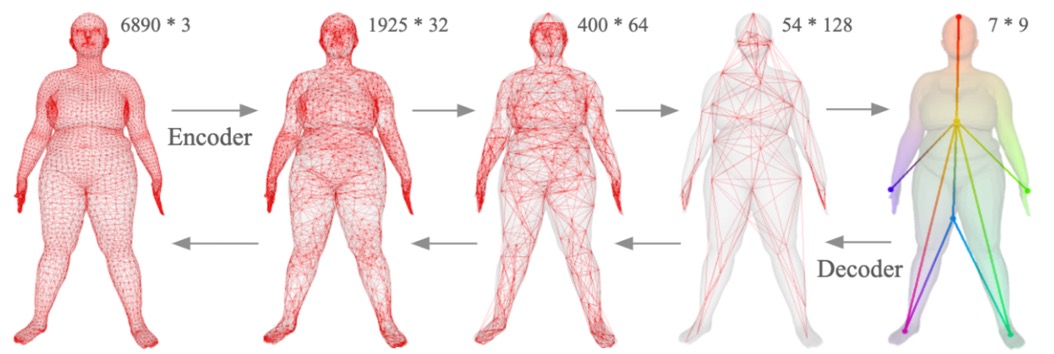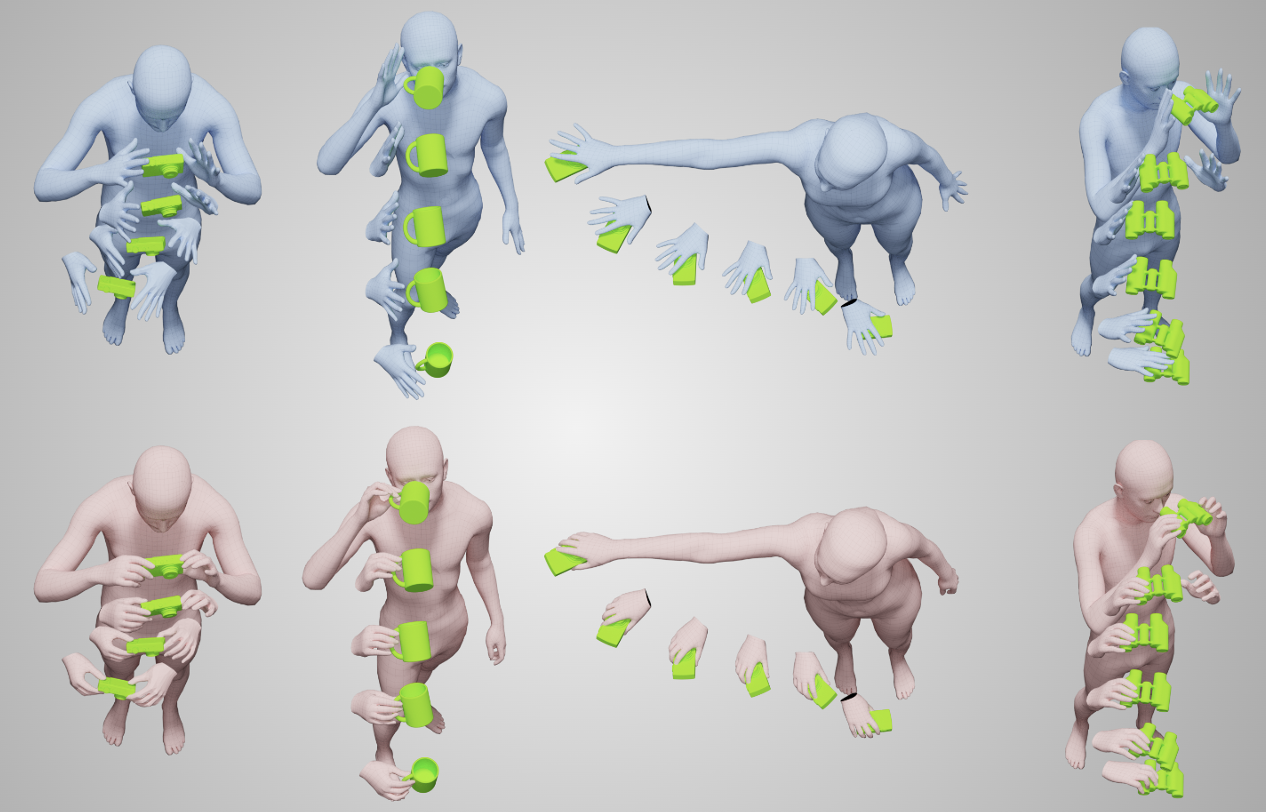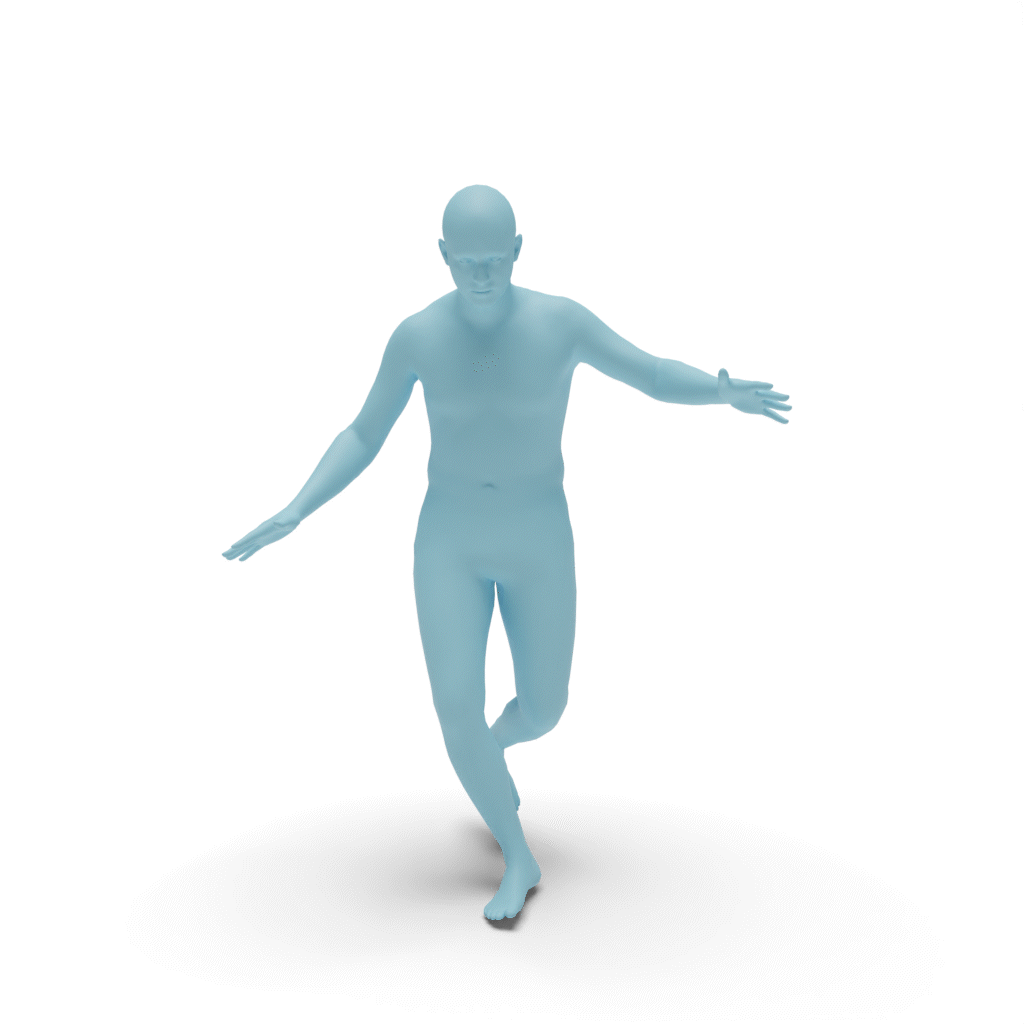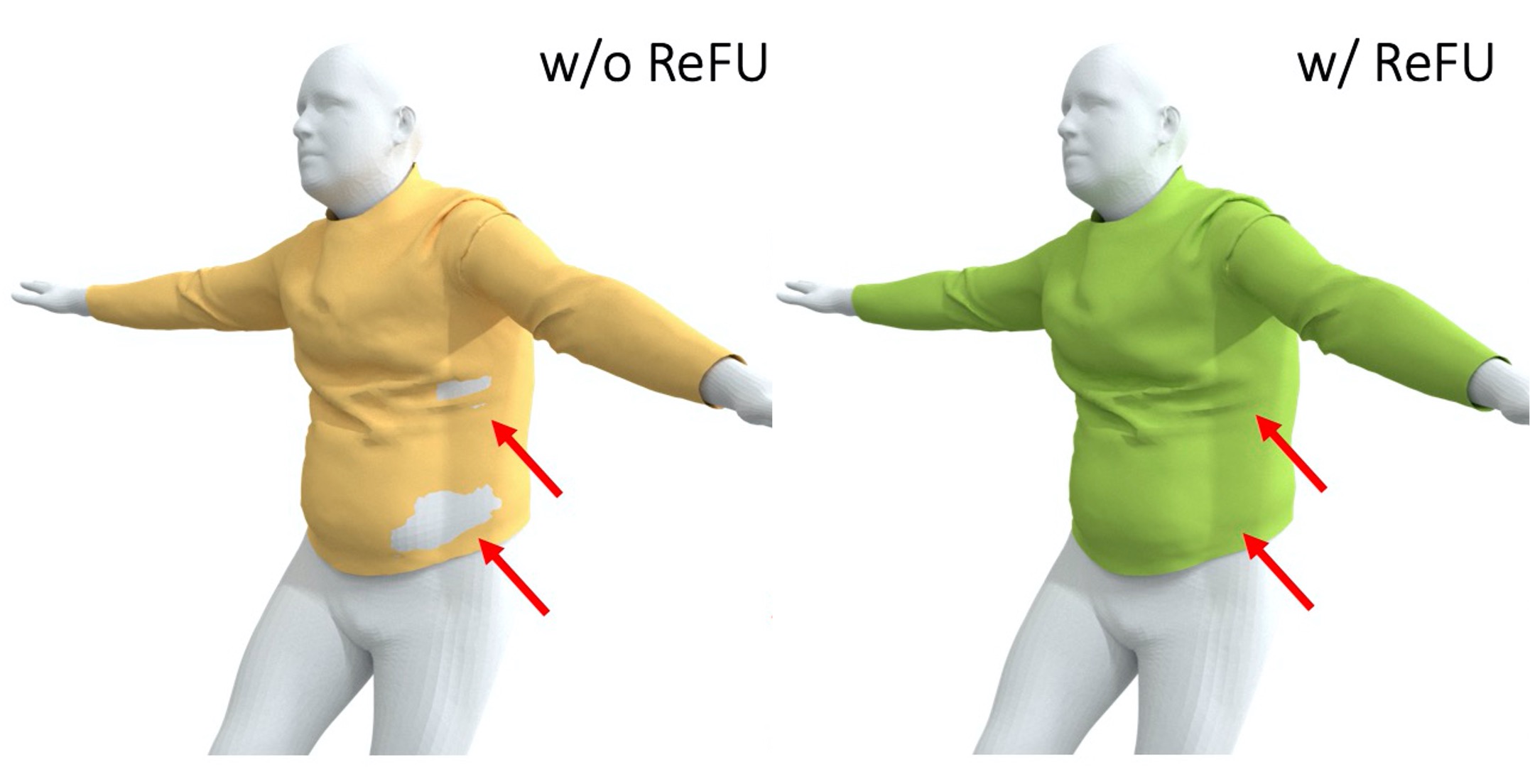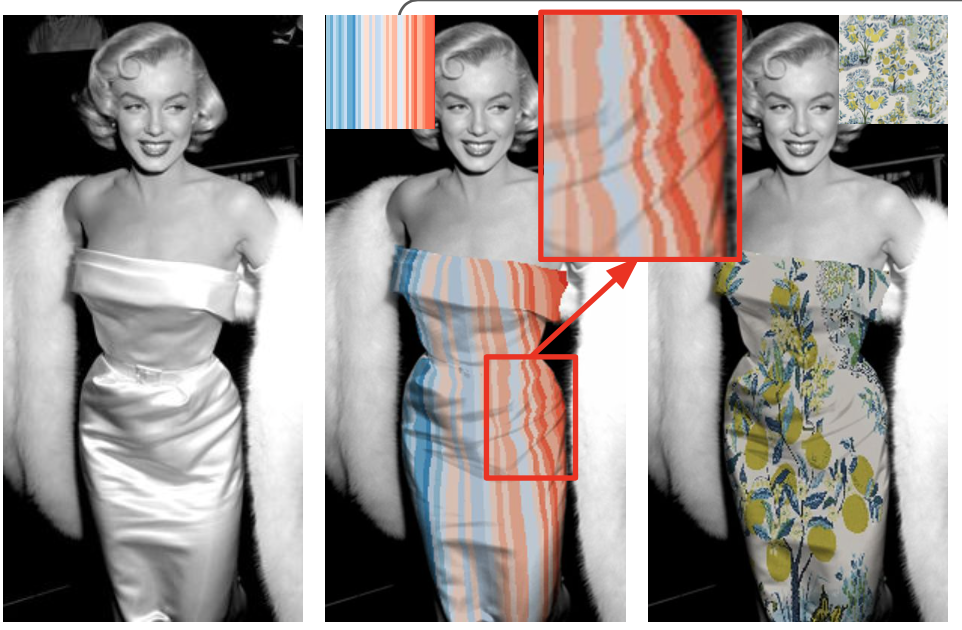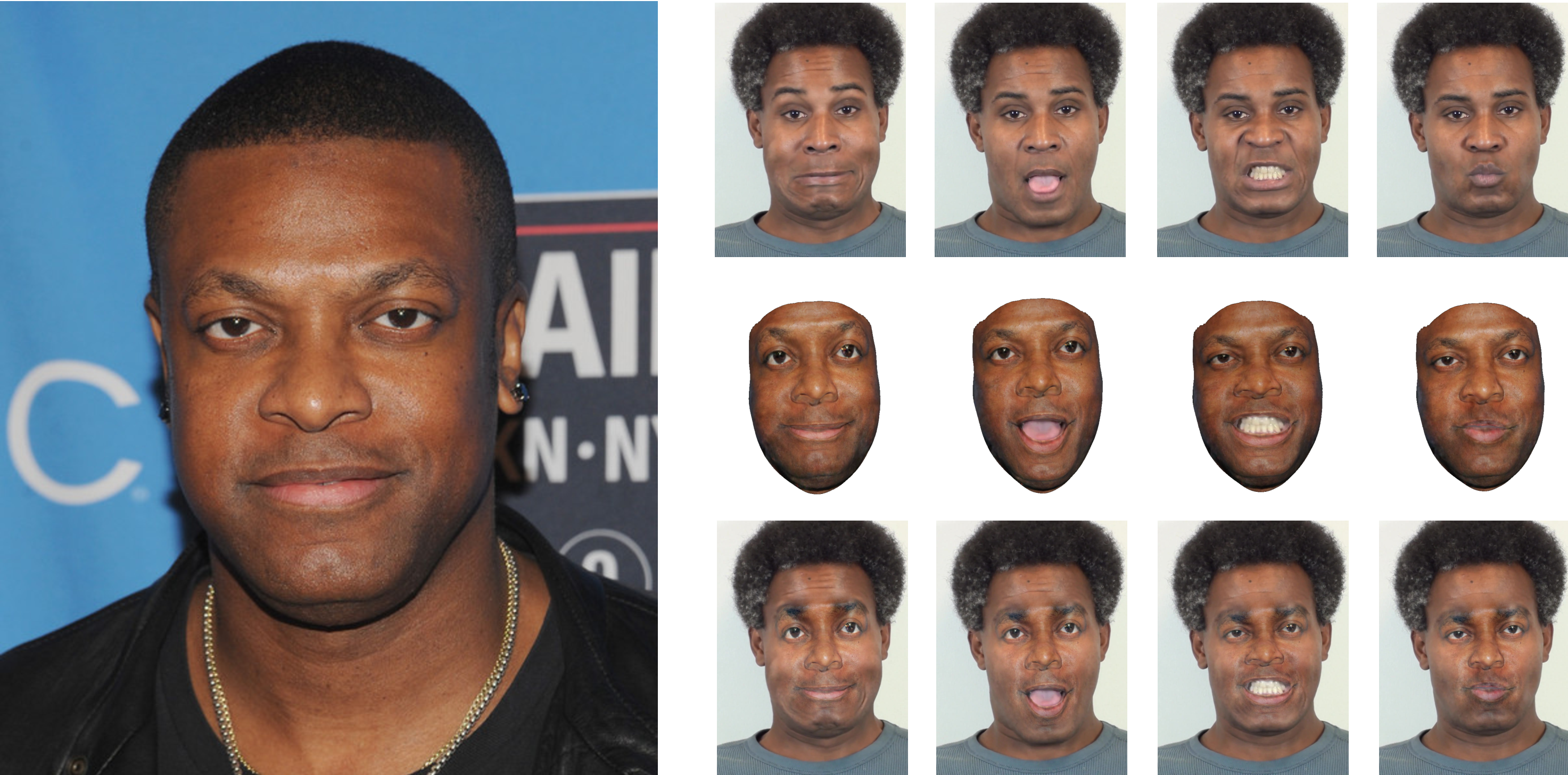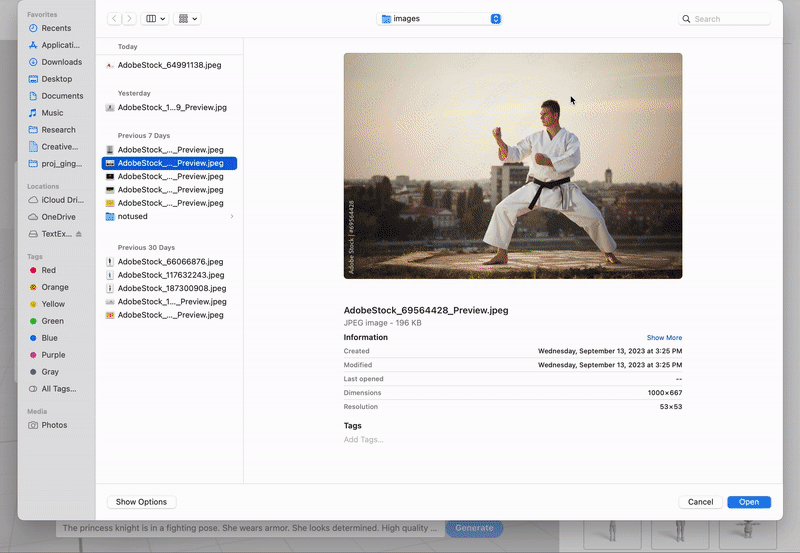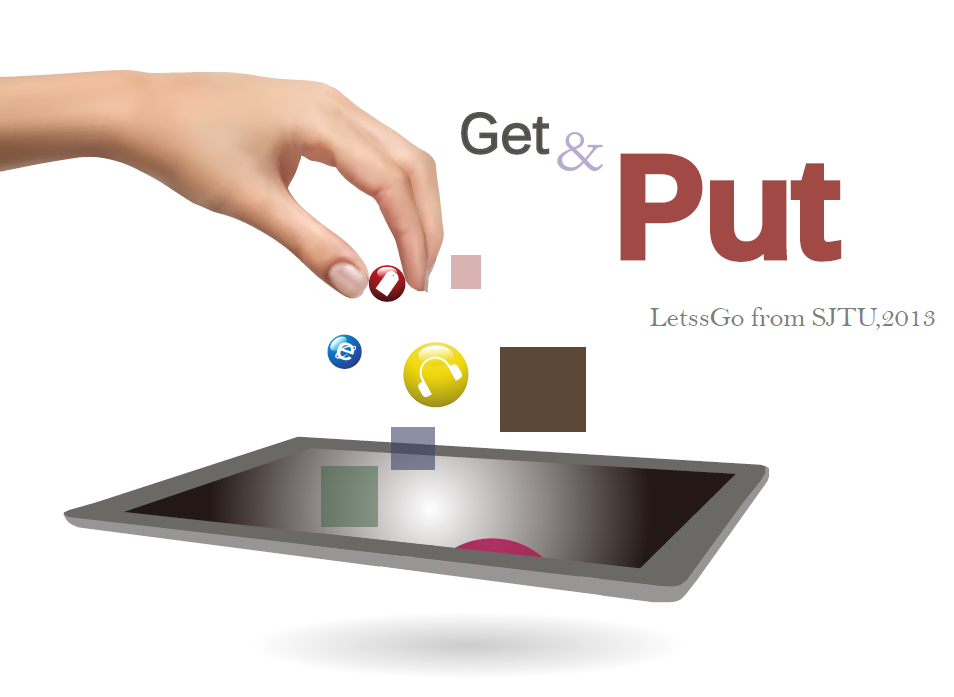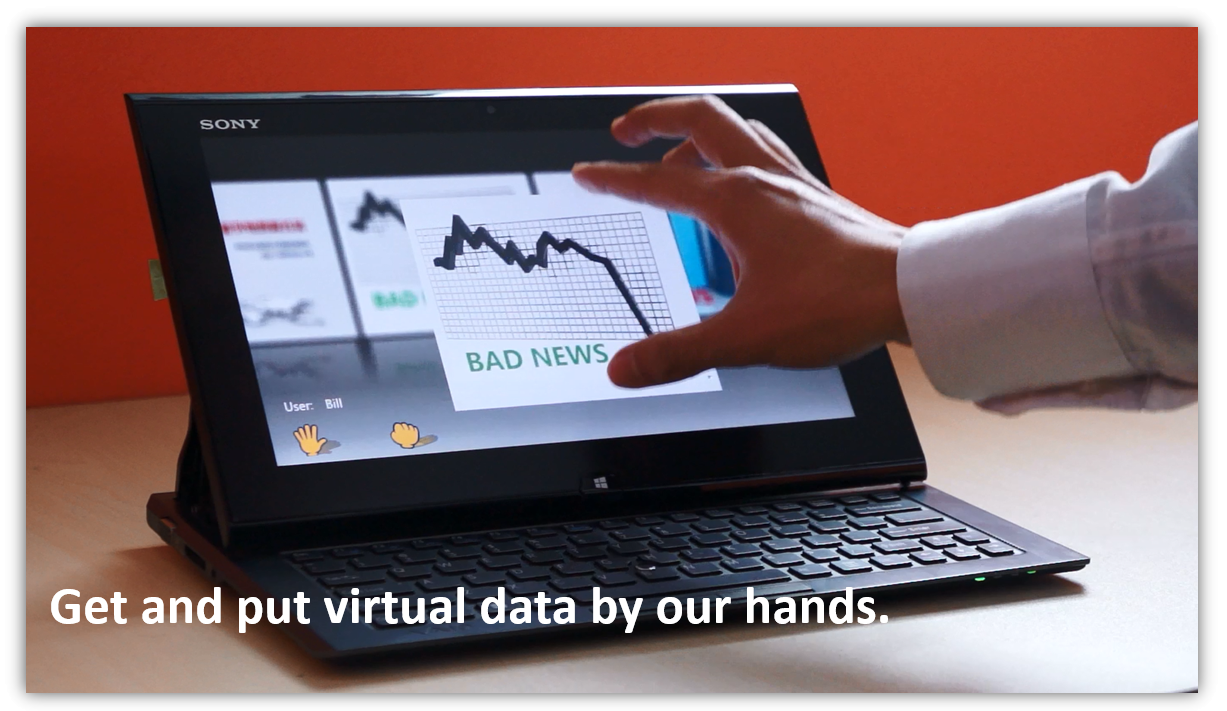
Yi Zhou
I am a research scientist at Adobe. I received my PhD from the University of Southern California under the supervision of Dr. Hao Li and my Master's and Bachelor's degrees from Shanghai Jiao Tong University under the supervision of Dr. Shuangjiu Xiao. My research focuses on autonomous 3D virtual human and 3D representation learning, specializing in 3D human modeling, reconstruction, motion synthesis and simulation. I develop 3D guided GenAI tools and build large scale 4D humanoid data for supporting GenAI foundation model training and downstream editing tasks. I served on the Siggraph 2023 Technical Papers Committee and Siggraph Asia 2024 and 2025 Technical Papers Committee.


